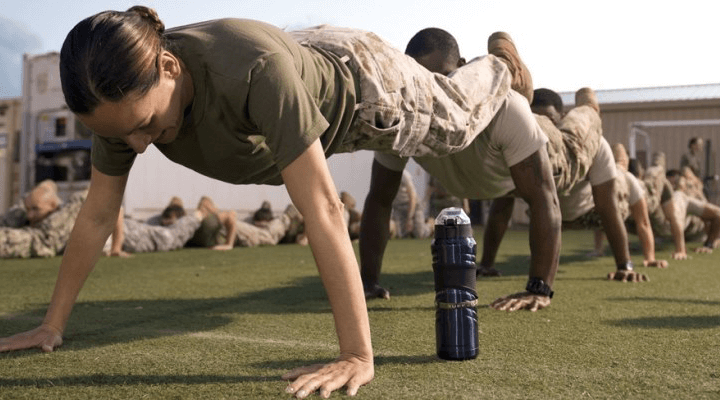“When you arise in the morning, think of what a precious privilege it is to be alive – to breathe, to think, to enjoy, to love.”
– Marcus Aurelius
Growing up, I was never what you’d call a morning person, but a few decades in uniform will condition you. If I learned anything over the years, it was that there is no greater truism than the old adage: “We get more done before 9 a.m. than most people do all day!” We start early, and we set the pace for the rest of the day before most people have finished their first cup of Starbucks.
From my earliest days, work started sometime between 0500 and 0530. The First Sergeant would gather the platoon sergeants, the platoon leaders would compare notes, and the barracks would start to come alive with sounds of “Hoo-Ah!” and “Another day in paradise…” echoing up and down the stairwells. First formation was usually at 0615 —usually before the sun even crested the horizon. Accountability was established, announcements were made, and the company commander would receive the first report of the day. Come rain or shine, the morning ritual remained essentially unchanged.
On most days, we’d break down into platoon formations and conduct physical training — stretches, calisthenics, and a few “grass drills” to soil your physical training uniform and prepare you for a good, hard run. On other days, we’d do this as a full company and every so often as an entire battalion. But my day always started the same way: alongside the soldiers the Army trusted me to lead.
Early on in his tenure as Sergeant Major of the Army, Dan Dailey challenged leaders to “PT with your soldiers” in a letter sent to senior sergeants major across the force. I took notice. Not because it resonated with me, but because it mattered.
“One of the most important things that we do every day is typically one of the first things that we do each morning, that being physical fitness training. Yet as I travel to various locations across the Army, I find fewer and fewer soldiers actually conducting physical training.”
Dailey emphasized something that was ingrained in most of us years ago: morning is our time. It’s when we collect ourselves, set the tone for the day to come, and conduct the team-building so important to an Army that relies on teams for success. Because physical training is about more than maintaining physical fitness, it’s about coming together as a team and building trust, togetherness, and toughness. But, somewhere along the line, the quintessential “sacred hour” became a little less sacred.
“Yet by every standard in which we measure the health of our force, we are starting to see indicators that suggest our sacred hour has not only shifted, but for some it may be obsolete all together.”
Increasingly, Dailey noted, leaders are breaking away from the sacred hour for meetings, email, or other ‘priorities’, leaving the soldiers and younger leaders behind to fend for themselves.
“We must ask ourselves, ‘what kind of an example are we setting?’ and ‘why are we holding a meeting prior to 0830 when we know that physical fitness training won’t be able to occur, or if it does, it won’t be conducted to standard?’”
“If they’re not out there leading by example, their soldiers probably aren’t out there, either. All they want is to see you out there, so you have to lead physical fitness.”
What made the “We get more done before 9 a.m.” tagline true was leadership. Leaders getting out early and leading their troops. Leaders setting the example, leading with a purpose and conviction that always seemed to bubble from a cup of steaming truck stop coffee you grabbed on the way to the barracks. Leaders leading.
Most of us would have rather caught an extra hour of sleep or spent a little more time with the family in the morning before work. But we’re team builders, and building teams starts before the sun comes up in the morning, when the rest of the world is still nestled safely in their beds. Team building starts with sweat, with a little pain, and the burn of the lungs on a hard run up a steep hill. Team building starts with a leader taking charge and leading.
As a fresh-faced second lieutenant, my platoon sergeant taught me that team building begins with physical training. That sacred hour was the one time of the day that we could bring the entire platoon together in one place. With their leadership in place, the troops would trade banter — “talk trash” if you want to be precise — and gossip, laugh at each other, and complain. They would challenge one another (and us) during morning exercises, during grass drills, and on runs. Our soldiers always knew we would be there, each and every day. It was our time, and it really was sacred.
That’s the Army in which most of us grew up, where physical training went hand-in-hand with leadership and team building. Take leadership out of the equation and the very foundation of our profession starts to crumble. The good news, like my platoon sergeant used to tell me with a cigarette in hand after a long run, “It ain’t nothin’ but a thing.” Or, as Sergeant Major of the Army Dailey wrote:
“Leaders, I need your help. This is something we can fix as early as tomorrow morning.”
And it is.



